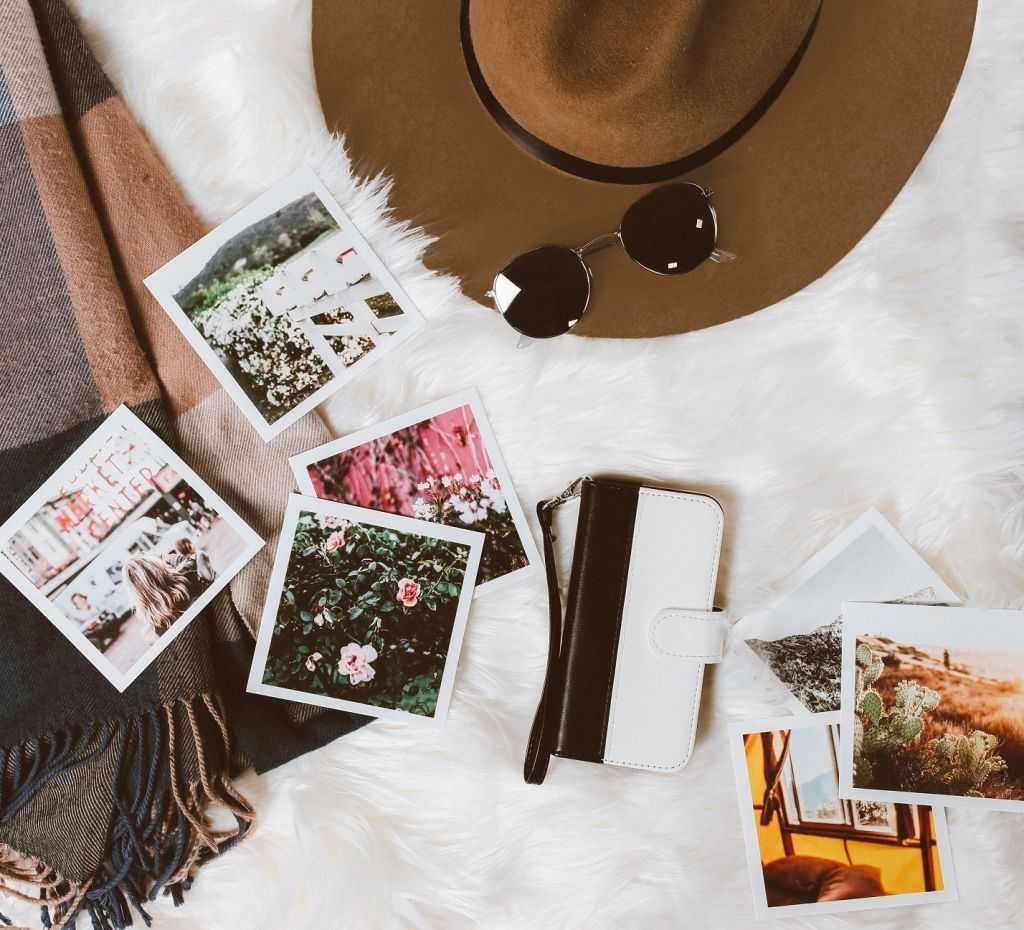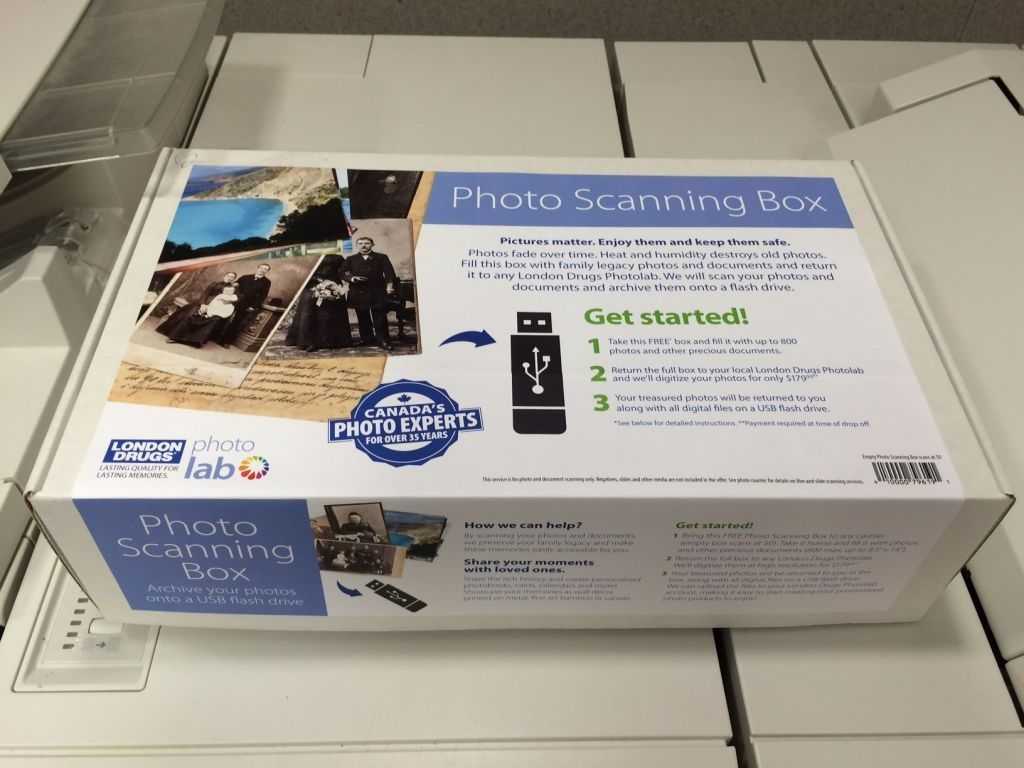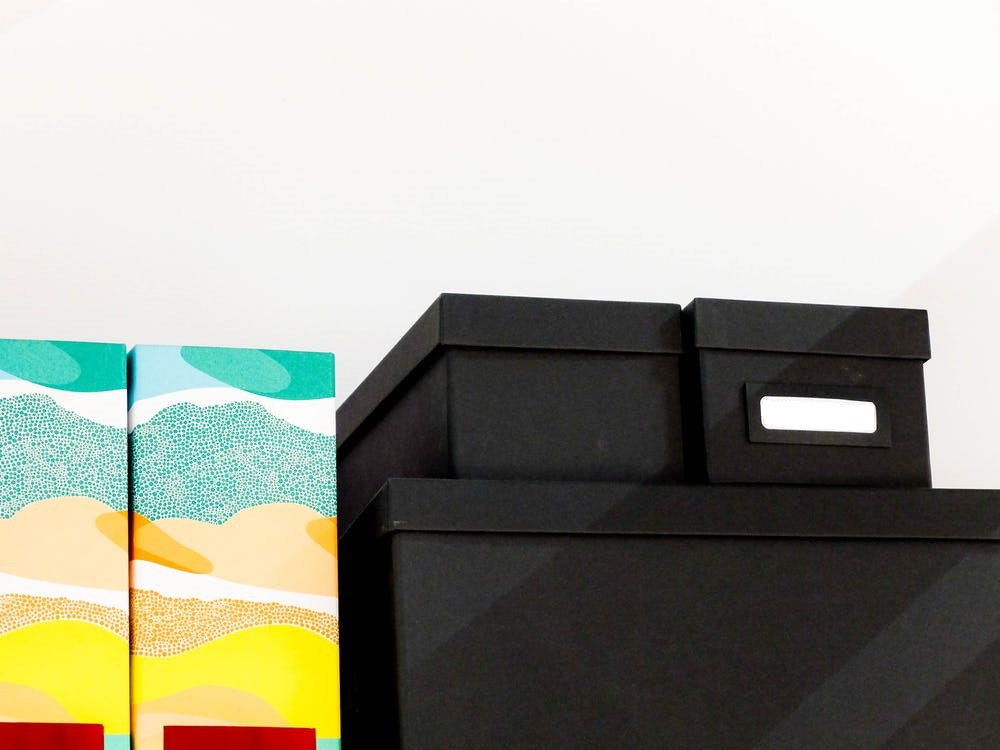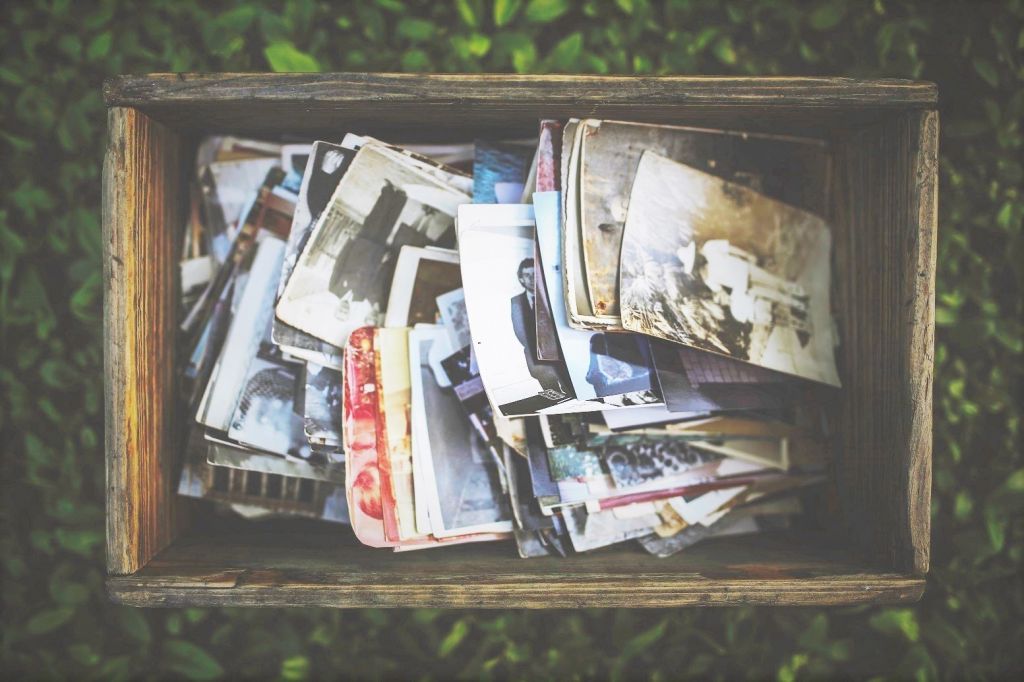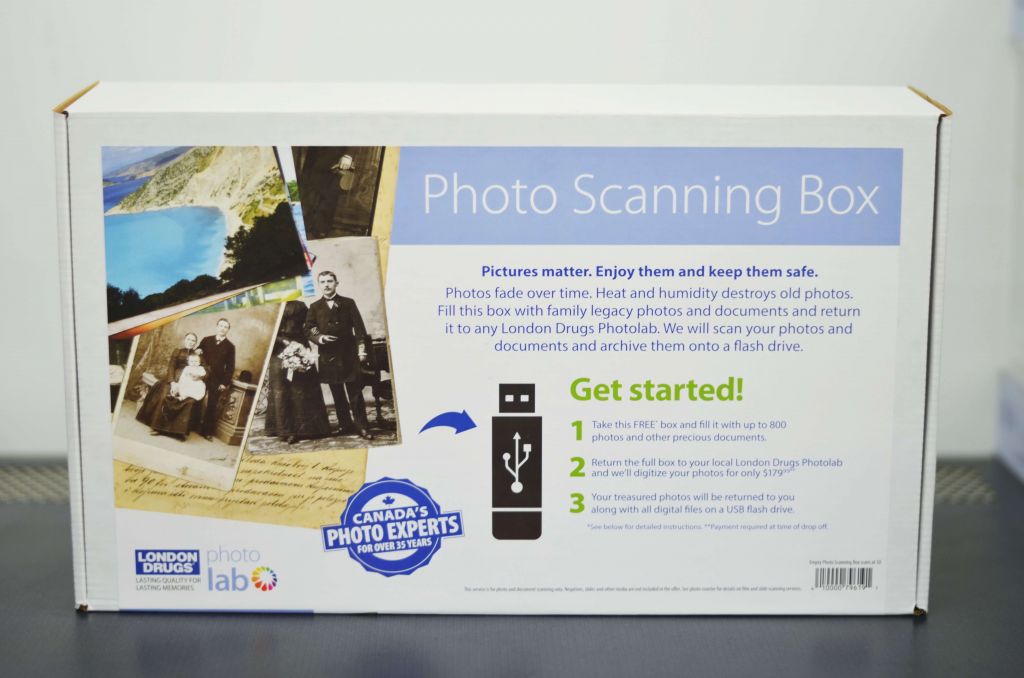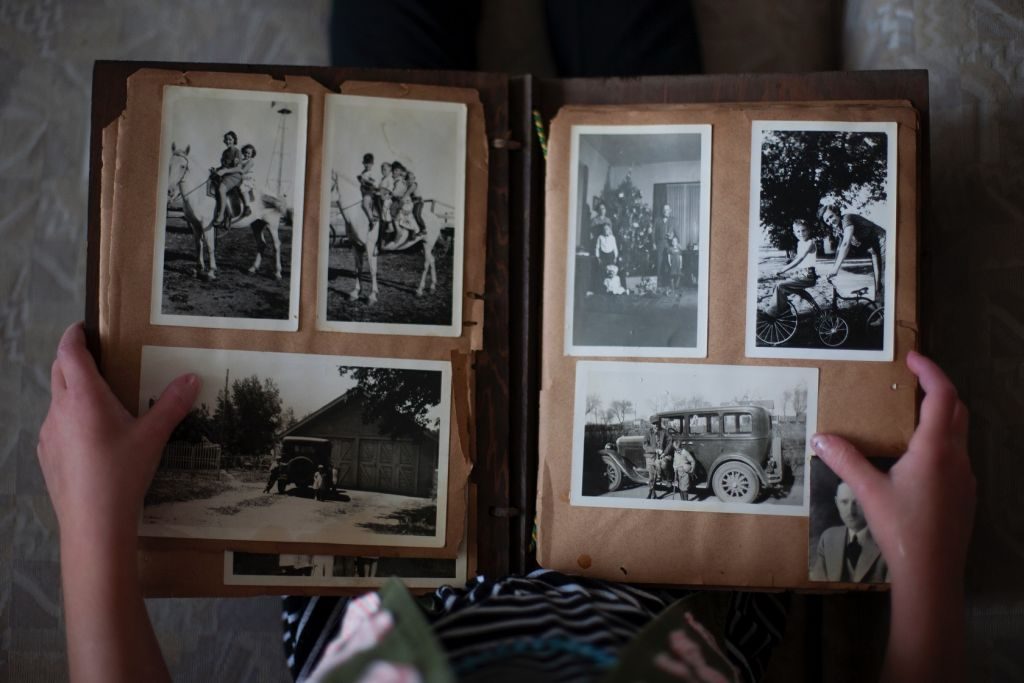
World Photo Day falls on August 19th this year, and it is an opportunity for us to celebrate the incredible power of photography. Working in the London Drugs Photolab, our LDExperts are able to see the impact of photography first-hand, as they help bring cherished moments to life through photos.
It’s pretty special that our photos have the power to bring back memories, transport us to places we’ve never been, and make us smile—or even shed a tear.
Another way we can use photography is for visual storytelling. One of the most important stories you can tell is your family legacy. In honour of World Photo Day, our LDExperts will show you how to use photography as a storytelling tool for crafting your family’s legacy. We’ve compiled some tips below to walk you through the process of gathering your photos and preserving your family’s story for future generations.
Gather information and photos ASAP!
There’s no better time than World Photo Day to finally get started on documenting your family legacy. The idea of chronicling your family history may seem overwhelming—it can be a massive undertaking, with thousands of old photos to dig through and hundreds of distant family members to connect. But it’s worth it to be able to pass down your legacy to the next generation, who can then one day pass it down to their children.
It’s especially helpful to gather photos and documents while grandparents and great-grandparents are still alive, as they can help you find what you need and explain the photos and documents they have in their possession. Being able to add details of personal stories will help to enhance your photos.
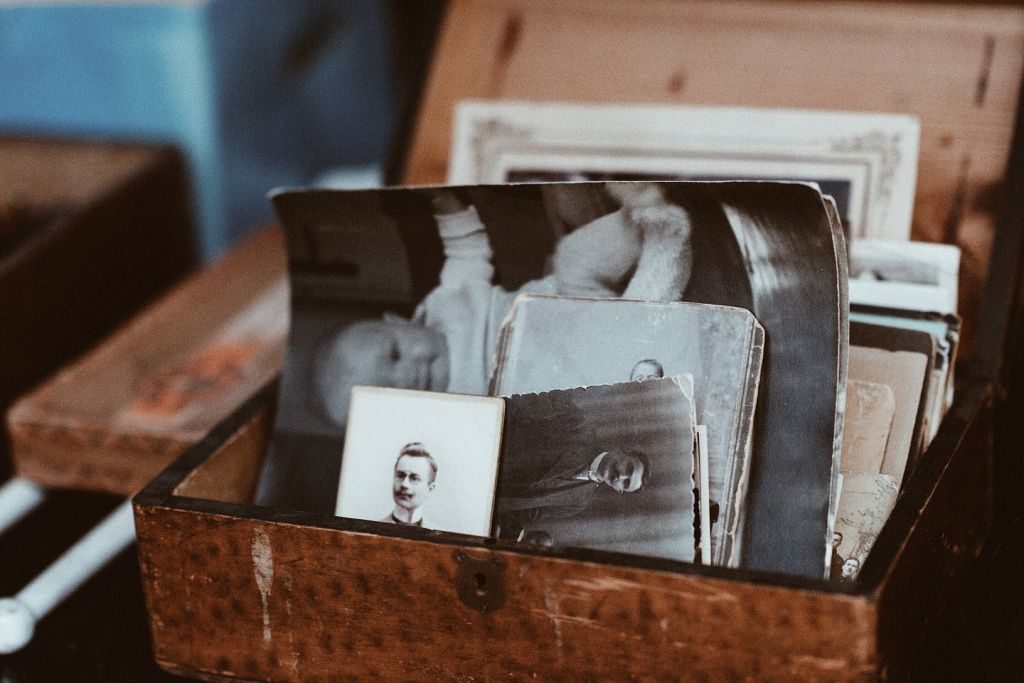
Contact family relatives and ask if they are interested in contributing photos, documents, and stories. If they can share specifics about each photo, even better! You may find details written on the backs of photos as well, which helps pinpoint people and dates. If you’re adding info to the photo yourself, make sure to use a Standard #2 graphite pencil only.
When collecting items and information from your family, consider asking for photos and documents relating to:
- Births
- Deaths
- Marriages
- Military service
- Family portraits
- Schools and jobs
- Pets
- Achievements (graduation, sports, etc.)
- Other special and historic family moments
If you dig up an old photograph, but there’s been some damage (scratches, water damage), we may be able to help restore it. Speak with one of our Photolab Experts to see if we can digitally restore the image for you.
Of course, don’t forget to include current photos from your life as well! You may want to pull from photo albums, computers, cameras, as well as online sites like Facebook or Instagram.
Organize your family photos and documents
Once you have everything you need to get started, it’s time to organize all those scattered photos, documents, and stories from the various family members. If you’re working with both digital and physical items, you’ll need to organize both separately, but try to keep your organization methods the same.
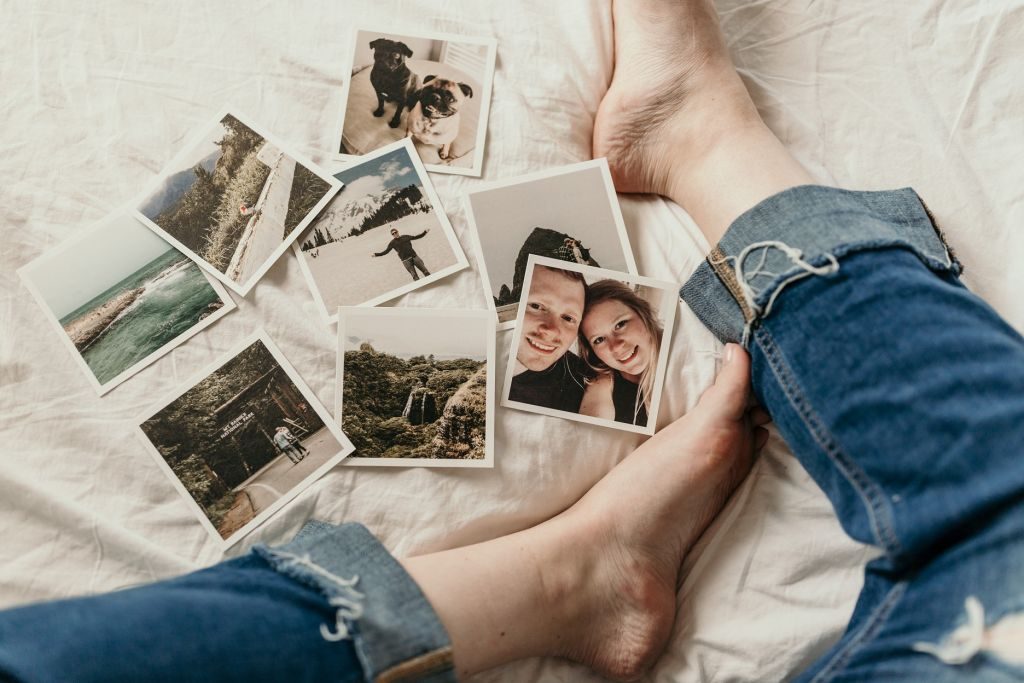
Here are some ways to consider organizing your photos:
- By generation (great-grandparents, grandparents)
- By period of time (the 60’s, or 1940-1960)
- By individuals (mother, father, self)
- By family (ex. ‘The Johnsons’, ‘The Macdonalds’)
It helps to separate your photos and documents into boxes or large envelopes as you pick where each one should go. Once you’re done organizing everything, it’s time to go through once more and decide which ones you’ll actually want to feature when you begin crafting your family’s story.
Digitize your photos with the Photo Scanning Box
Now that you’ve organized what you have, it’s time to digitize any old photographs and documents. You can either do this at home, using a scanner, or use our Photo Scanning Box service. To use our Photo Scanning Box, just pick one up at your local London Drugs Photolab, fill it with up to 800 photographs and documents (up to 8.5”x11” in size), and bring it back to us in-store, where we’ll digitize everything for you. Then pick up your originals as well as the digital files on a USB drive!

What sort of files might you want to digitize? Think old black and white photographs, photo prints, birth certificates, marriage certificates, etc. Digitizing these items will not only give you the freedom to work with them digitally, but will also ensure those valuable memories are preserved, in case something were to happen to the originals.
Put on your storytelling hat
Once you have all of your family’s history in digital form, you can start to craft the story of your family’s legacy! It’s all about telling the story of where your family has been and what they have done in their lifetime.
Our Photolab offers a variety of different photo book designs that are perfect for showcasing your family’s story. Our Photographic Albums and Coffeetable Photo Books are both great options, and are printed on high quality surfaces that your family will be able to enjoy for years to come.
You may want to create multiple photo books to organize your photos as you did earlier. You can choose to create a photo book for each part of your family (ex. ‘The Johnsons’, ‘The Macdonalds’), or for each generation (ex. the great-grandparents, the grandparents), or by time period (ex. the 60’s or 1940-1960). Once you’ve chosen the photos and documents you want to feature in your photo book, you can also add text to identify people, places and dates…or even personal family stories.
Share your family’s legacy… with your family!
The best part about having all of your photos digitized, is that you can easily share copies with all of your family! No need to split up valuable old photographs between family members anymore. Once you’ve created your family legacy photo book(s) on our Photolab website (or in-store at our kiosks), you’ll be able to order as many copies as you like. Send them directly to anywhere in Canada, or pick them up in-store and hand out to them in person.
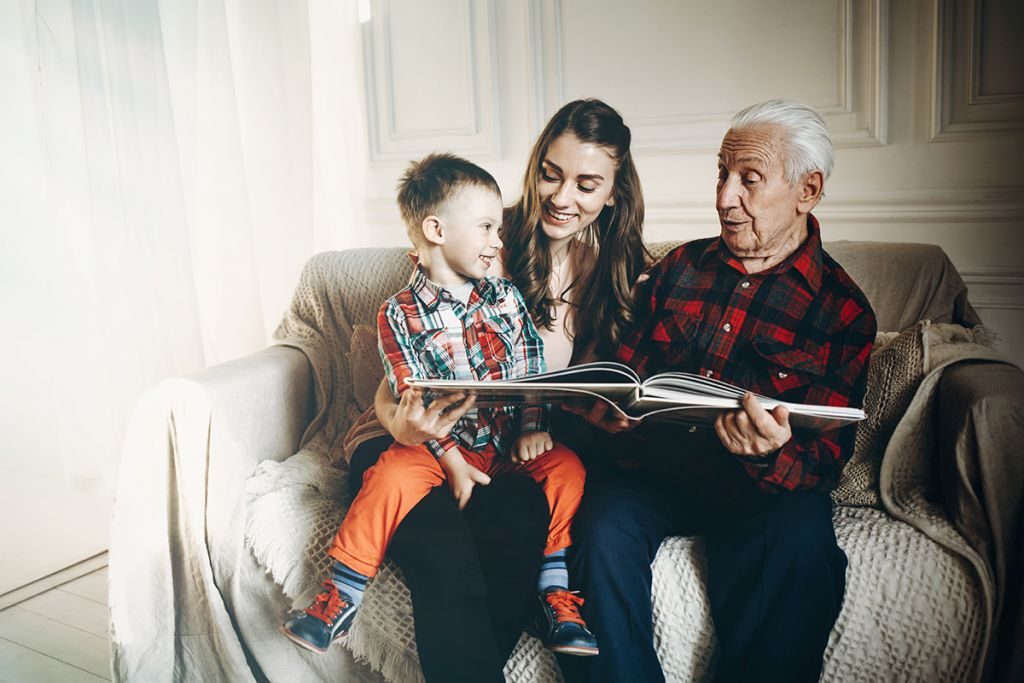
Don’t forget: your legacy isn’t over! Continue to collect important photos and documents in the years to come. You can always add more photo books to your family legacy collection as life goes on. Your family is sure to be grateful that you’ve preserved their legacy and brought their memories to life!
Need a little help creating your family legacy photobook? Our Photolab Experts are ready to support—just visit us at your local London Drugs. Or you can get started right away by uploading your photos to our Photolab website, our London Drugs Photolab App for iOS and Android, or to our in-store Photolab kiosks.

